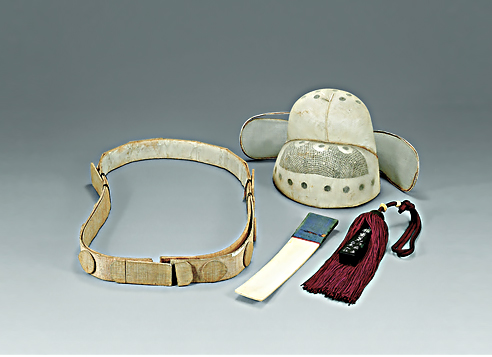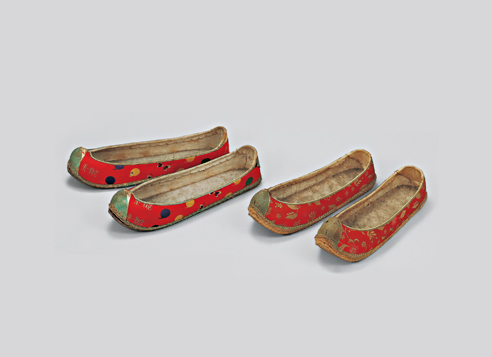The Archeological Collections Room displays some 600 artifacts inherited from Korean ancestors°™ from the Prehistoric Age to the Joseon Period°™ including earthenware, stoneware, metal ware, and glass and jade items. Arranged according to period, they provide a broad view of the nation’s cultural development.
Permanent Exhibition
-
- Exhibition
- Permanent Exhibition
- Archaeological Collections
Category Title
While Goryeo allowed the Buddhist arts and aristocratic culture flourish, Joseon supported Confucian culture in its place, leading to the development of a Yangban (nobility) arts culture, crafted works showing the daily life of commoners, construction, and other practical fields. Joseon's arts, based on a distinctly Confucian aesthetic sensibility, reflected naturalist inclinations. Natural and simple works were produced in diverse areas such as painting with calligraphy, white porcelain pottery, white porcelain ceramics, and wood crafting which optimized the features of the material, as well as construction and landscape gardening techniques which sought to create a sense of harmony with nature. However, with the wane of Yangban culture in the 16th century, works reflecting the Yangban lifestyle and commoners' ordinary lives began to appear.


